
What is the Turbo Putt?
If you haven’t seen a turbo putt before, it’s a real show-stopper. This isn’t your typical putting style in disc golf—it’s different, creative, and when done well, downright effective. Essentially, you hold the disc up around shoulder height, almost like you’re holding a pizza up to serve someone. Then you push the disc forward while giving it spin—kind of like throwing a football or a dart.
Here’s what’s going on:
- You hold the disc at shoulder (or head) level.
- The thumb sits under the disc, and your fingers fan out along the rim.
- You push the disc forward while generating spin—so the disc travels straight-ish, and then (for a right-handed player) it will fade to the right.
“In disc golf, a turbo putt is a shoulder- or head-level putting style in which the thumb pivots on the underside of the disc, while the remaining four fingers fan out along the outer edge of it.”
How To Throw A Turbo Putt
Step 1: Stance & Grip
Start by setting up like you’re about to throw a baseball or a dart: adopt a split stance. If you’re right‐handed, your right foot goes slightly ahead of your left. Then for the grip: place your thumb under the disc at its center, and let your other four fingers go along the rim to support it.
Step 2: Disc Positioning
Raise the disc so it’s above your shoulder, ready to “serve” it forward, like a waiter holding a tray at shoulder level. This high release point is one of the big advantages of the turbo putt.
Step 3: The Forward Push + Spin
From here you push the disc forward in a motion similar to an over‐the-shoulder throw. At the same time, you’ll generate spin—especially via the fingers/rim contact rather than just flicking your wrist.
Important details:
- You’re throwing *downwards* toward the basket—not level or upward. If you aim flat or upward you’ll likely miss.
- Don’t over-spin. Many beginners try to force too much spin; instead focus on a smooth forward push that lets the disc spin naturally off your hand.
- Since the disc is spinning “the opposite way,” for a right-handed throw the fade will be to the *right*, not left. That’s key when you’re reading your putt.
Step 4: Adjusting Angle (Hyzer/Anhyzer)
Want to dial it in for a tricky line? You can adjust the release angle by shifting where the disc contacts your fingers along the rim edge. By tilting the edge up or down you can introduce hyzer or anhyzer into your turbo putt.
Why Use a Turbo Putt?
This style might look unconventional, and you’ll rarely see it as the primary putting style among pros—but there are very real reasons to have it in your bag.
Reason 1: It Fits Your Style
If you’ve developed confidence and success with turbo putting, stick with it. It’s all about what you’re comfortable with and what gives you results.
Reason 2: High Release Over Obstacles
One major strength: the elevated release point. Need to putt over a bush, branch, or other obstruction? A turbo putt gives you that height advantage.
Reason 3: Around Objects / Tight Spots
Rather than straddling or contorting your body around a tree or obstacle, you can step back, bring your arm out, and fire a turbo putt around the object. Another tool in your arsenal.
Reason 4: Workaround for Flexibility or Mobility Limits
If you’ve got past injuries or tight hips/legs that make straddling or awkward stances tricky, this technique offers a less taxing alternative.
Reason 5: The Bush Shot Specialist
When you’re deep in the woods, jammed into bushes near the green, a turbo putt can be your go-to. Arm out over the branches, disc up high, spin it in. There’s not much else like it.
Reason 6: It’s Fun
Yes—that’s right. Turbo putting adds a little flair. If nothing else, it’s a conversation piece on the course. Mastering it can be as satisfying as it is effective.
Wrap-Up & Final Thoughts
If you’re still unsure whether to try the turbo putt, here’s the bottom line:
- It’s not meant to replace your core putting style—it’s a *supplement*.
- When obstacles, bushes, or tricky green layouts hit, this style can shine.
- Take it slow, practice the mechanics: stance → grip → high release → forward push with spin.
- Keep the disc low to the ground angle-wise (i.e., downward release) rather than flat-level. That downward push is key for accuracy.
Have fun with it, build confidence, and don’t be afraid to pull it out when the situation calls for it. Let that turbo putt be your hidden weapon.
Want to upgrade your putting game? Check out our Putters & Approach Discs section or browse our full selection of discs. For more advanced turbo-style training discs you might also explore options at InfiniteDiscs.com.
Video Tutorial
Still visualizing? Here’s a helpful link to see the turbo putt in action: Turbo Putt Demonstration (on YouTube).


 Flight Numbers: Speed 9 | Glide 6 | Turn -3 | Fade 1
Flight Numbers: Speed 9 | Glide 6 | Turn -3 | Fade 1 Flight Numbers: Speed 2 | Glide 3 | Turn 0 | Fade 2
Flight Numbers: Speed 2 | Glide 3 | Turn 0 | Fade 2 Flight Numbers: Speed 2 | Glide 3 | Turn 0 | Fade 2
Flight Numbers: Speed 2 | Glide 3 | Turn 0 | Fade 2 Flight Numbers: Speed 2 | Glide 3 | Turn 0 | Fade 1
Flight Numbers: Speed 2 | Glide 3 | Turn 0 | Fade 1
 If you’re looking for a fast, truly overstable beef‑machine, the PD2 is it. This disc isn’t for the faint of heart—it’s built for power players who can put major heat on the throw. Backhand, forehand, overhand—you name it, it handles it. Throw this when you need a big fade and no surprises.
If you’re looking for a fast, truly overstable beef‑machine, the PD2 is it. This disc isn’t for the faint of heart—it’s built for power players who can put major heat on the throw. Backhand, forehand, overhand—you name it, it handles it. Throw this when you need a big fade and no surprises. The Felon sits neatly in the overstable fairway slot. It cuts through wind, handles forehands, flex shots, and sidearms beautifully. Need a dependable finish? Reach for the Felon.
The Felon sits neatly in the overstable fairway slot. It cuts through wind, handles forehands, flex shots, and sidearms beautifully. Need a dependable finish? Reach for the Felon. Westside brought it with the Ahti. Flat top, sharp fade, great for forehands and flexes in tougher conditions. When you’re dealing with wind and need a sure‑fire hyzer finish, the Ahti fits the spot.
Westside brought it with the Ahti. Flat top, sharp fade, great for forehands and flexes in tougher conditions. When you’re dealing with wind and need a sure‑fire hyzer finish, the Ahti fits the spot.



 The
The  The
The 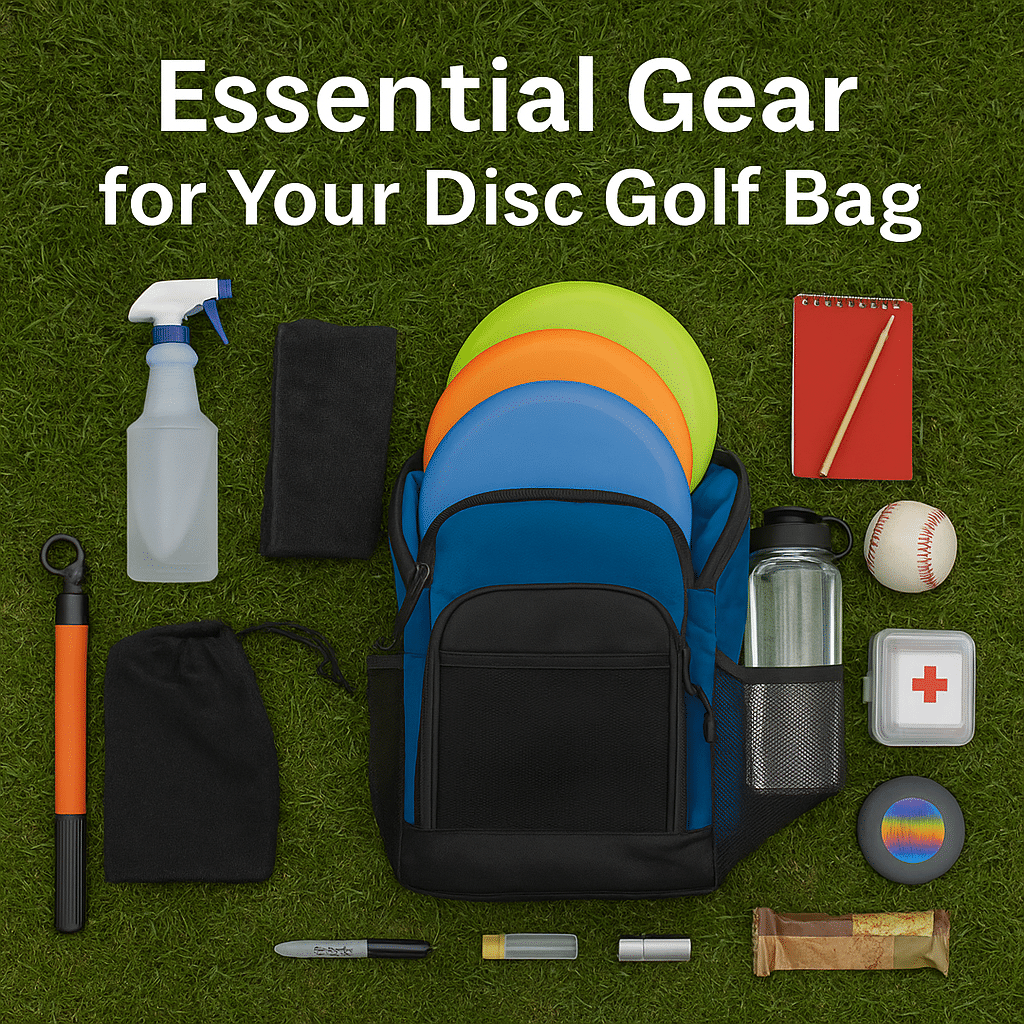
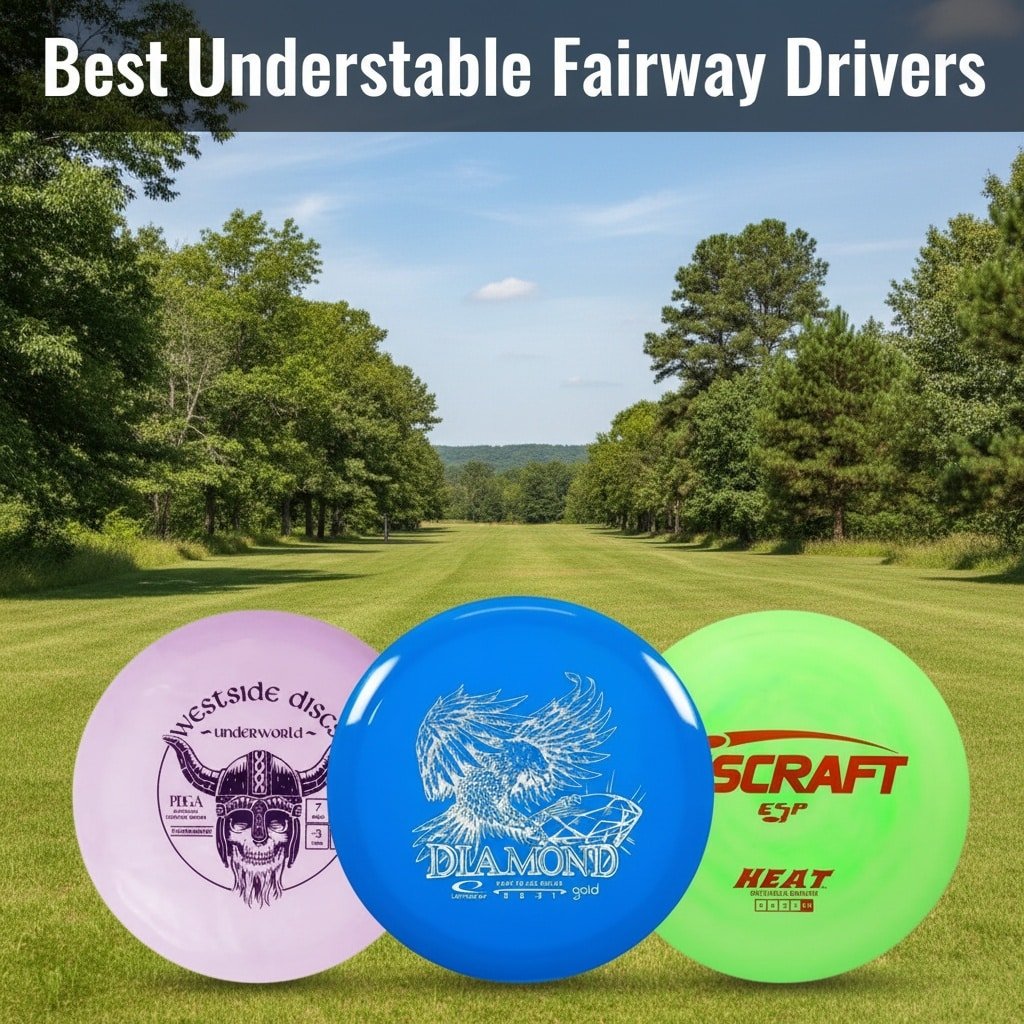
 In my bag right now, the
In my bag right now, the  This one feels like a cheat code for low-effort turn. The
This one feels like a cheat code for low-effort turn. The 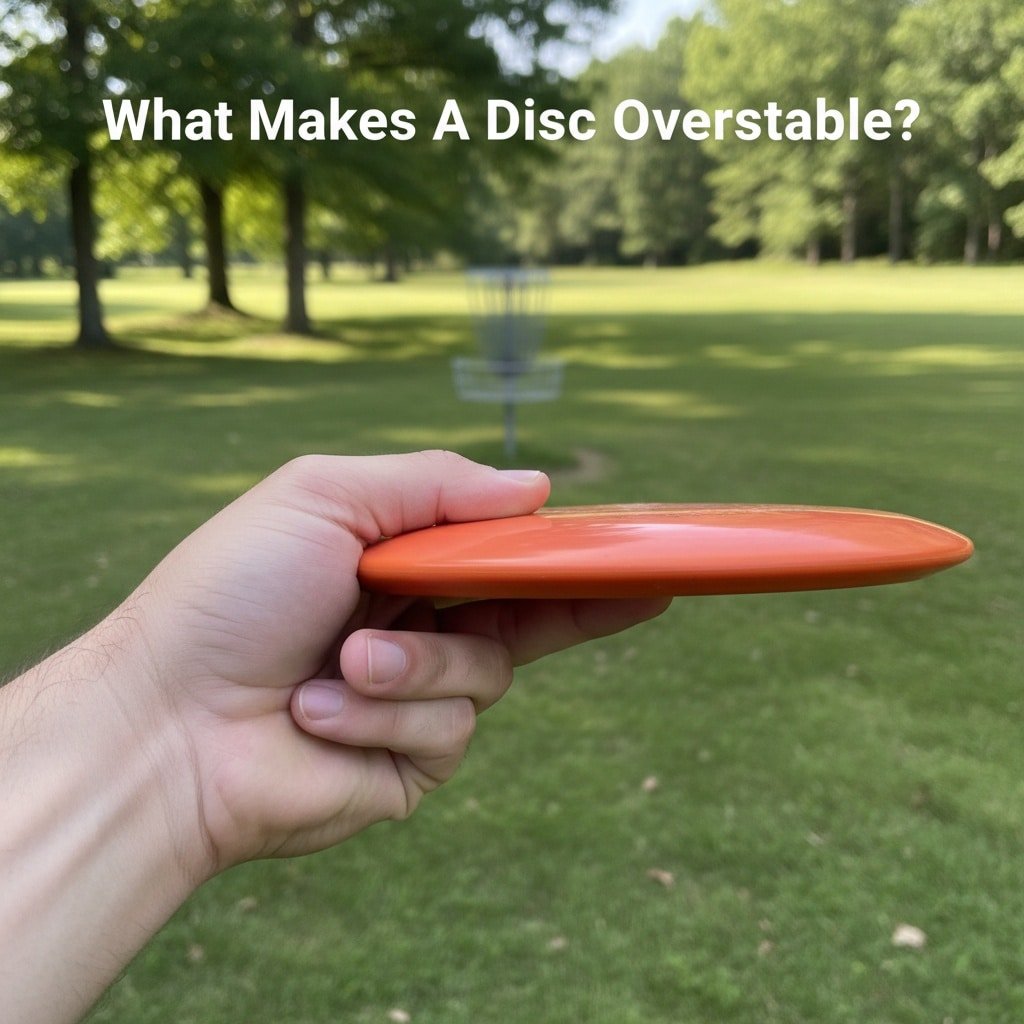






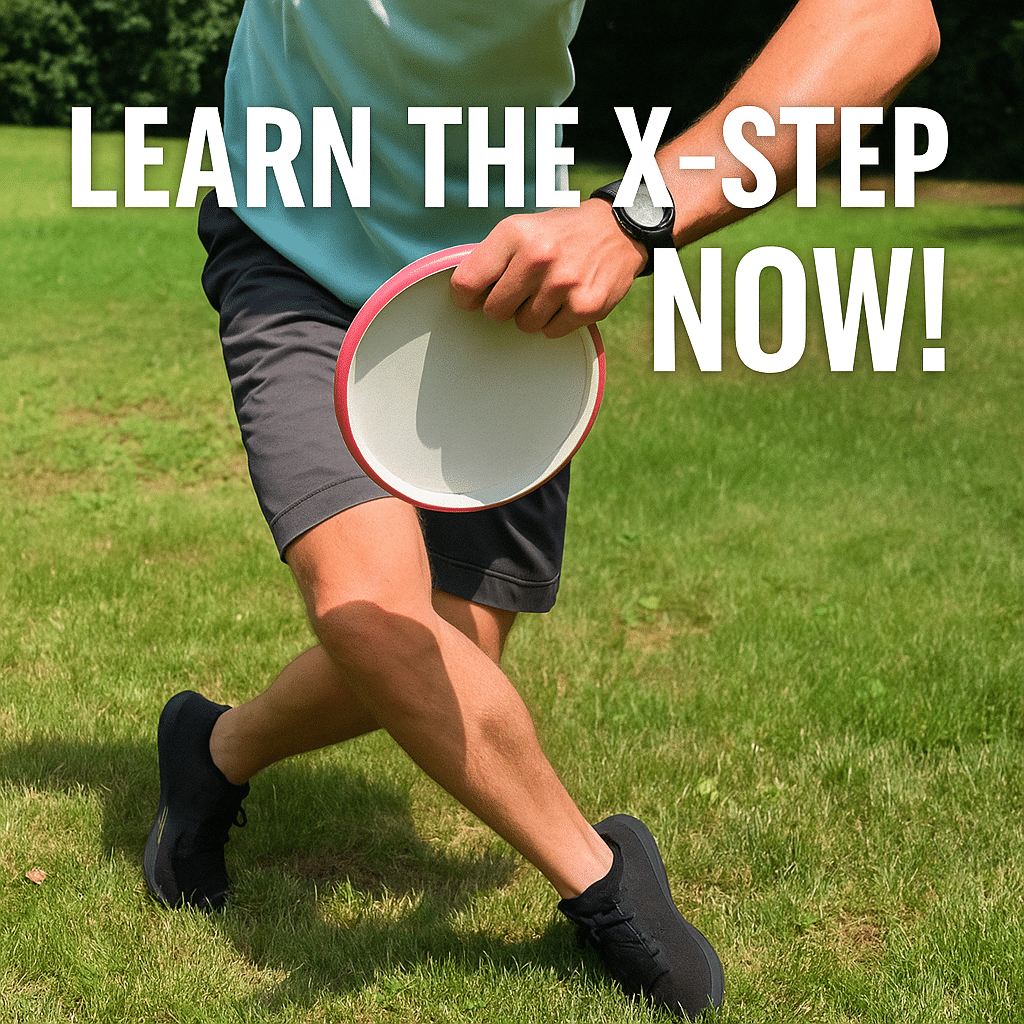
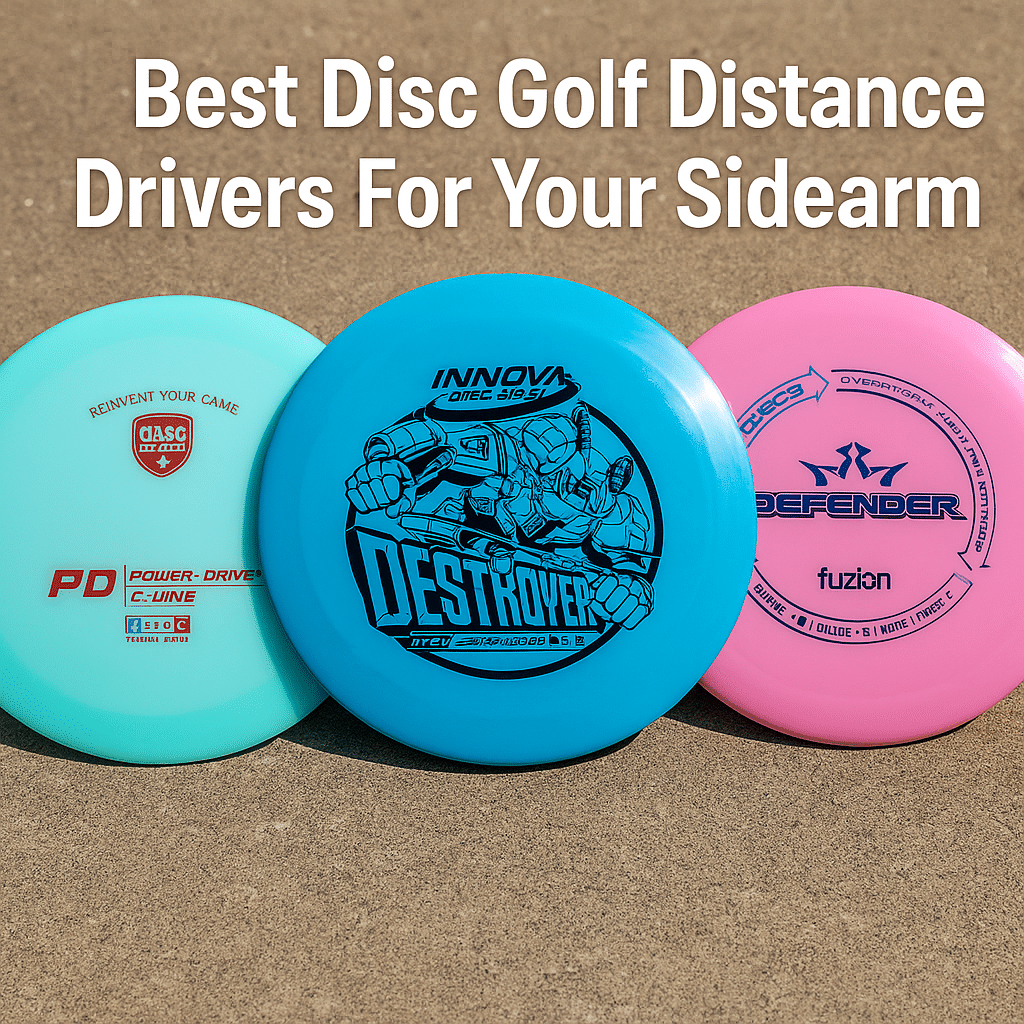
 The
The